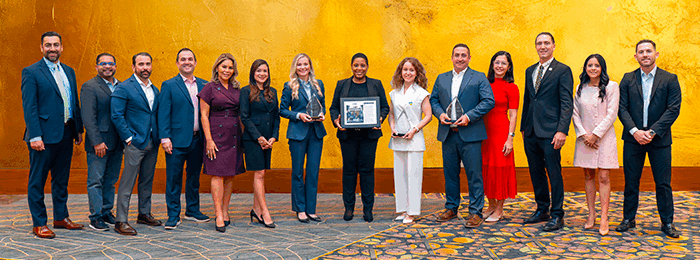
It is hard to believe that it has been over a year since our inaugural Law Enforcement Edition of ACAMS Today.
Thanks to our authors, and of course our tremendous Editor-in-Chief, the membership universally praised our attempt to acknowledge the critical role that law enforcement in the United States and around the globe play in the constant challenge of combating financial crime, money laundering and all related activities. As we promised, ACAMS has made this edition a permanent annual event and we are proud to offer the 2012 edition so our membership, and all that read ACAMS Today, will better understand the important work of our colleagues.
To ensure that ACAMS does not only recognize the efforts of the government in our magazine, we were proud to announce the first ACAMS Public-Private Sector Partnership Award in March 2012 to the Department of Homeland Security’s HIS and JPMorgan Chase for their seminal work on human trafficking reporting and prevention. It will not be difficult to continue shining a light on government and private sector successes in the broad and challenging area of financial crime. I do, however, encourage our members to consider nominees and send those recommendations to me.
An AML Professional, Dedicated to Private-Public Partnership Leaves us
I would be remiss if I failed to note the passing, since the 2011 LE edition, of a true AML pioneer for working together. Pat Wise may not be well known to the vast majority of AML professionals, but she was a tireless and early adapter of the concept of private-public partnership in our field. We knew Pat as a funny and no-nonsense compliance officer who believed that some challenges in the money laundering prevention field (it was not known as AML then) could be addressed by encouraging government and bankers to talk and work together. Pat worked with several colleagues and reached out to the Internal Revenue Service (equally committed to partnership) and the West Coast AML Forum (WCAML) was born. Sadly, this year is the 20th anniversary of the event and Pat will not be there in person but will be in spirit.
I know we are all better for having worked with Pat. Thanks Pat for your commitment to the entire AML community. We miss you.
What can you expect for the remainder of 2012?
By now you have hopefully read your favorite magazine (ACAMS Today of course) online. ACAMSToday.org gives us additional flexibility in publishing content, a number of interviews with AML community leaders and extensive articles expanding what is found in the print edition. We are excited about the possibilities and encourage the ACAMS community to continue to offer suggested topics, authors and subjects for interviews.
As ACAMS reaches 12,500 members and close to 30 chapters in June, our growth makes it clear to us that member services must continue to expand. Expansion of covered topics has been going on at ACAMS for some time, but now we need to increase your access to advanced training and other products and services.
For services, ACAMS has bolstered our Live Chat series to ensure you receive up-to-date information and direction on government proposals, guidance and key reports. Our Resources section on acams.org and our frequent polls/surveys gives you an insight into what your colleagues are thinking and where to find important documents.
For training, ACAMS continues to enter into partnerships with service providers throughout the world so you have access to both general and tailored education to fit your needs.
For the CAMS graduates, ACAMS is close to a formal announcement about our new Advanced Certification program. By the time of the Annual Conference in October, we will be able to offer application into a program that will both increase your working knowledge of AML and financial crime and enhance your standing as an expert with employers, regulators and recruiters. We are very excited about this new venture and I am sure you will be too.
Finally, it is a given that all of the enforcement actions in the last few years have identified problems with risk assessments as a primary cause of AML deficiencies. ACAMS has created a board of experts to assist us with a risk assessment tool that will be available to the membership. We are convinced this will change how you handle this essential part of AML oversight.
Do not forget when you finish reading this special edition to pass it on to a colleague.










